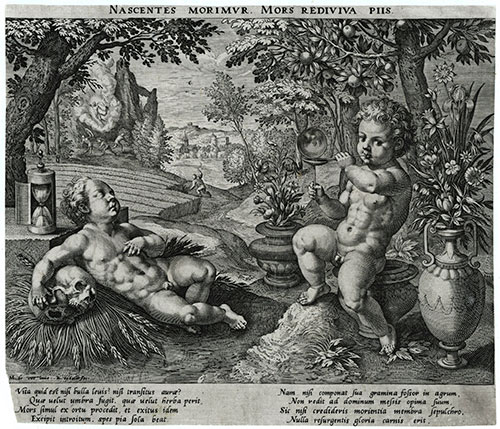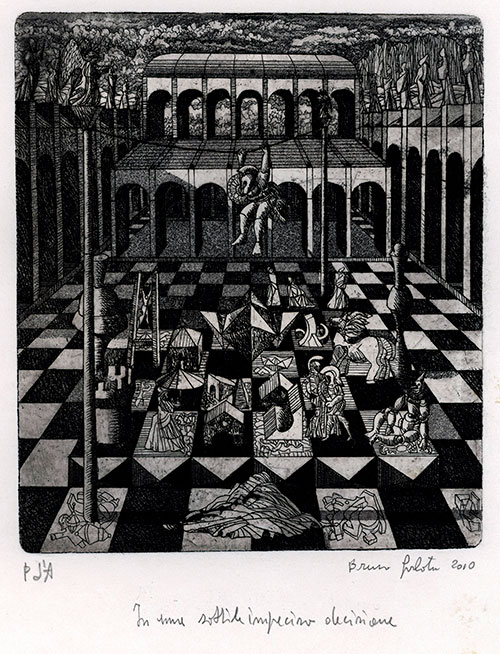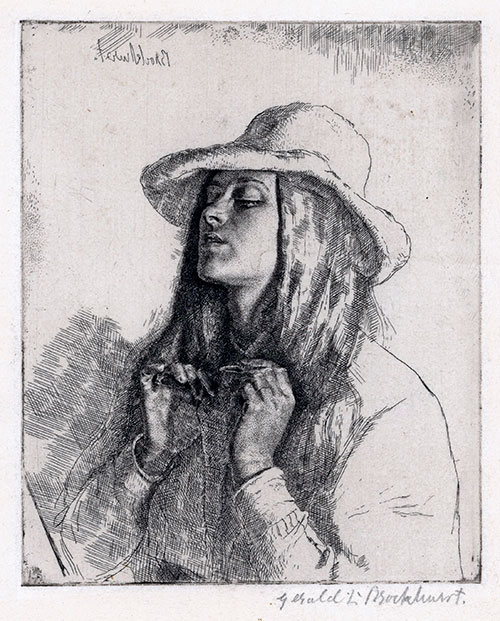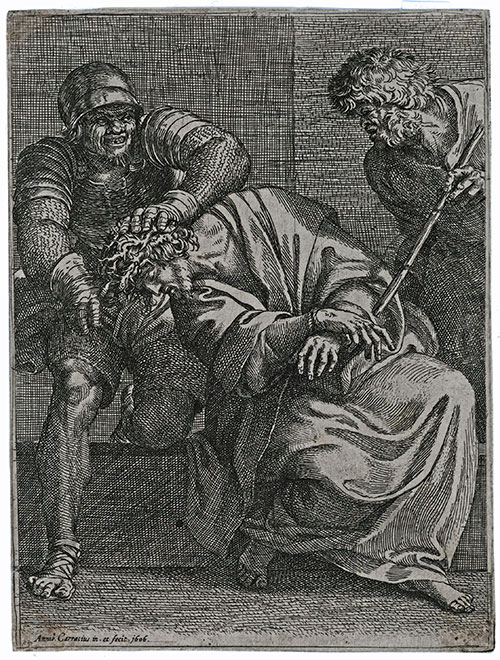The
Home Page Selection
If
you require further information on any
print featured here, please contact
us.
When
a print has been sold it will be marked
as Sold.
A
growing archive of selections
from previous Home pages is featured in
the
Home
Page Selection Archive |
|
See
also :
Click
on a thumbnail (left)
to link directly with the entry for that
print, or scroll down to view all the selected
prints from the current Home
Page.
Images
are not to relative scale (see stated dimensions) and also at only modest resolution.
If you wish to view extracts of an image at higher resolution, please Contact us.
|
|
|
|

| |
RAPHAEL SADELER I
Antwerp c1560 – c1632 Munich
From a dynasty of engravers, Raphael was both an engraver and a publisher, the brother of Jan I & Aegidius I Sadeler. He shared a workshop with Jan from 1588 in Munich until 1596 when they moved to Venice. Raphael returned to Munich after Jan’s death in 1600.
The painter Maartin de Vos (1532-1603) was Dean of the Amsterdam Guild of St Luke 1571 and 1572. After 1575 he concentrated mainly on designing prints.
An Allegory of Transitoriness
Hollstein (Sadeler) 211; Hollstein (de Vos 1525)
164 x 192 mm
Engraving, c1590, to the design of Maartin de Vos.
The plate ‘signed’ with both artists’ names.
Trimmed just into the plate at the top and foot, and to
the image at the sides.
Slight central vertical crease.
The lower left corner lost.
Watermark: a Gothic P with a Flower.
£350
An image abounding in symbolism conveying the brevity of human life
and the transience of beauty – with the hourglass, the vases of flowers,
the wheat being cut down, one child holding a skull, the other blowing bubbles.
However, a counter to this message of the inevitability of death,
is the distant ‘vignette’ of the Resurrection with its suggestion of the conquest
of death.
Erasmus had reintroduced usage of the Latin proverbial expression Homo bulla (Man is a Bubble) in his Adagia, a collection of sayings,
published 1572.
Return to top ^ |
|
|
|

|
|
BRUNO GORLATO A.R.E.
Born Padua 1940. Died Padua April 2021
Bruno was born in Padua and lived and worked in the city as a painter and etcher. Sadly, since this print was included in this selection, Bruno has died, in Padua, aged 81.
In the late 1950’s he trained at the University of Architecture in Venice. It was over a decade later, working in town planning, that he developed his interest in etching and since then had been increasingly active in the medium.
His etchings are dream-like narratives.
[Please see my Web Memorial Exhibition with twenty-nine further etchings by Bruno.]
In una sottile imprecise decisione
In a subtle imprecise decision
163 x 140 mm
Original etching and aquatint, 2010.
Artist’s proof, signed in pencil, dated and entitled.
With the artist’s blindstamp.
On wove
£150
Return to top ^ |
|
|
|
 |
|
GERALD LESLIE BROCKHURST R.A., R.E.
Edgbaston 1890 – 1978 New Jersey
Brockhurst attended Birmingham School of Art
from the age of twelve, 1902. In his five years there
he was hailed as “a new Botticelli”.
He moved to London in 1907 to study at the R.A. Schools.
A travelling scholarship in 1913 took him to Paris and Milan,
where he studied the Primitives, Botticelli, Leonardo and
the Milanese masters of the Renaissance, who made a lasting
impression on his style.
Though he bought etching tools in 1914, it was 1920 before he
approached the medium seriously.
Within a single year he was elected both an Associate and then
a Fellow of the R.E.
Brockhurst’s first wife, Anaïs, in different guises, was the model
for many of his etchings through the 1920’s.
Mélisande
Wright 7 ii/ii
137 x 111 mm
Original etching, 1920.
Signed in pencil.
Published state, edition of 55.
On laid paper.
£450
A study of Anaïs; her middle name was Mélisande.
Return
to top ^ |
|
|
|
 |
|
ANNIBALE CARRACCI
Bologna 1560 – 1609 Rome
Annibale Carracci, one of the most important artistic figures in Italy at the turn of the 17th century, was the younger brother of Agostino. Unlike Agostino, Annibale turned to etching rather than engraving for making his prints from the 1590’s.
In 1594 the brothers moved to Rome, commissioned to paint ceiling frescoes for the Galleria Farnese, leaving their cousin Lodovico Carracci to run the academy in Bologna.
About 1605 the onset of a final debilitating illness stopped Annibale from painting. In 1606 he produced his last three dated etchings. Of a melancholic disposition himself, this characteristic pervades his etchings. He chose to portray themes expressive of human frailty, emotions or suffering, mainly in devotional subjects.
Christ crowned with Thorns
Bohlin 21 ii/iii; Bartsch 3
181 x135 mm
Original etching, 1606.
Second state with the artist’s name and date added.
Before the address of the publisher Nicolas van Aelst.
Trimmed to the platemark, a small repair to the top
left corner, slightly soiled in the lower corners.
£1000
Ex collection:
Chambers Hall (Lugt 551)
and possibly Dr E Peart (cf Lugt 391)
A personal interpretation of the subject concentrating on the dramatic impact of the soldier’s action on Christ’s suffering.
Return
to top ^
|
|
|
|
|
|
|
|